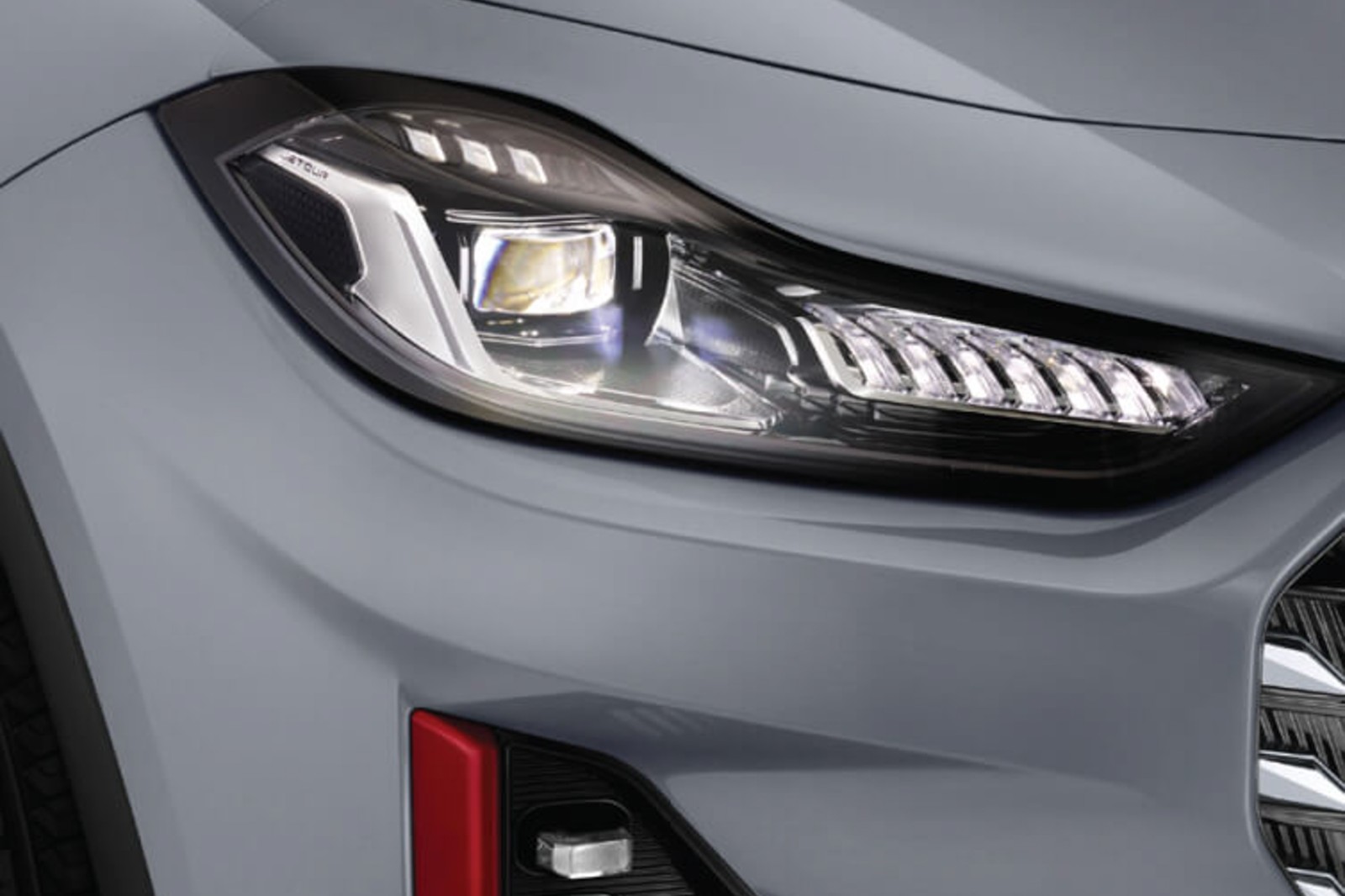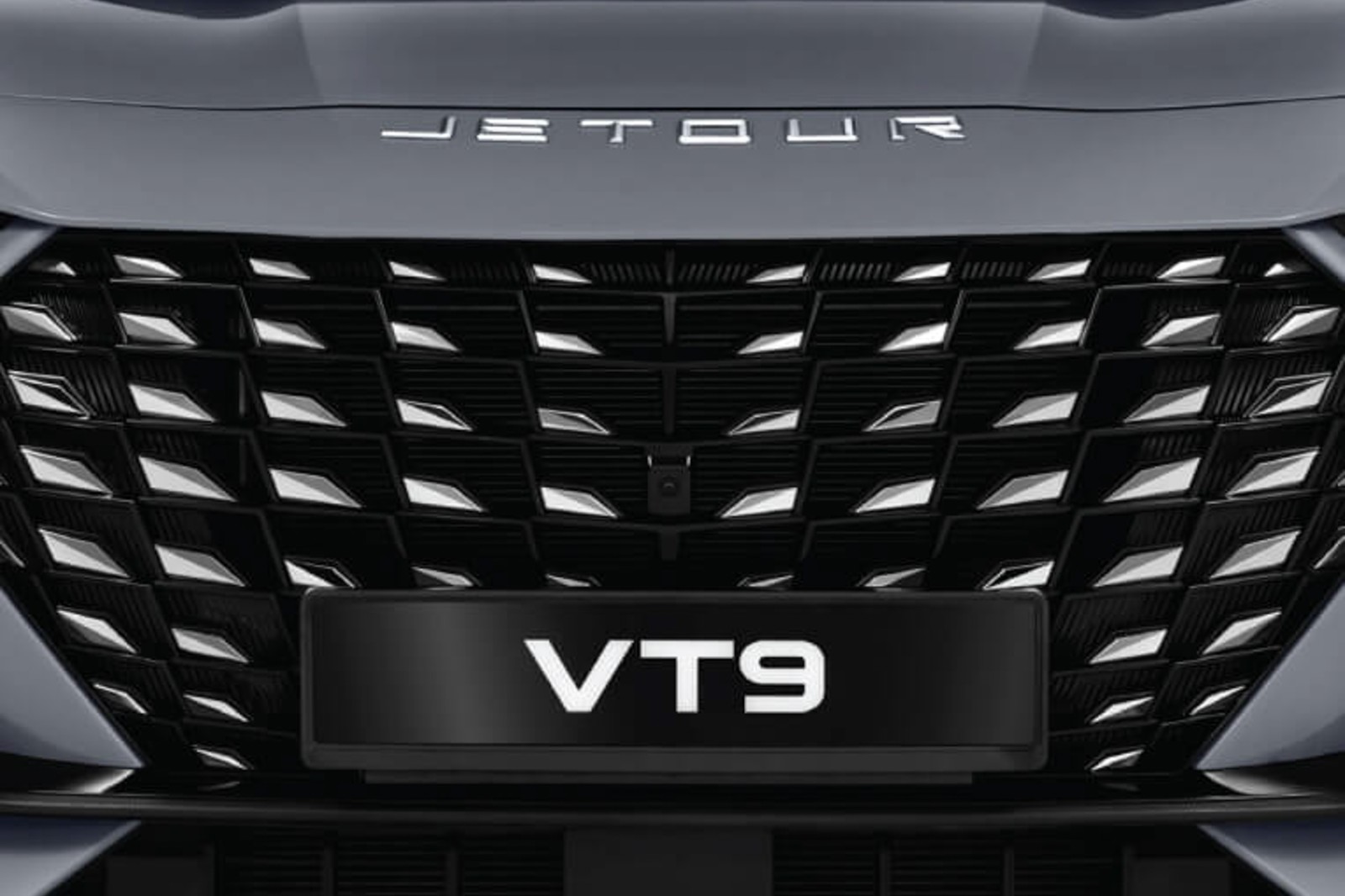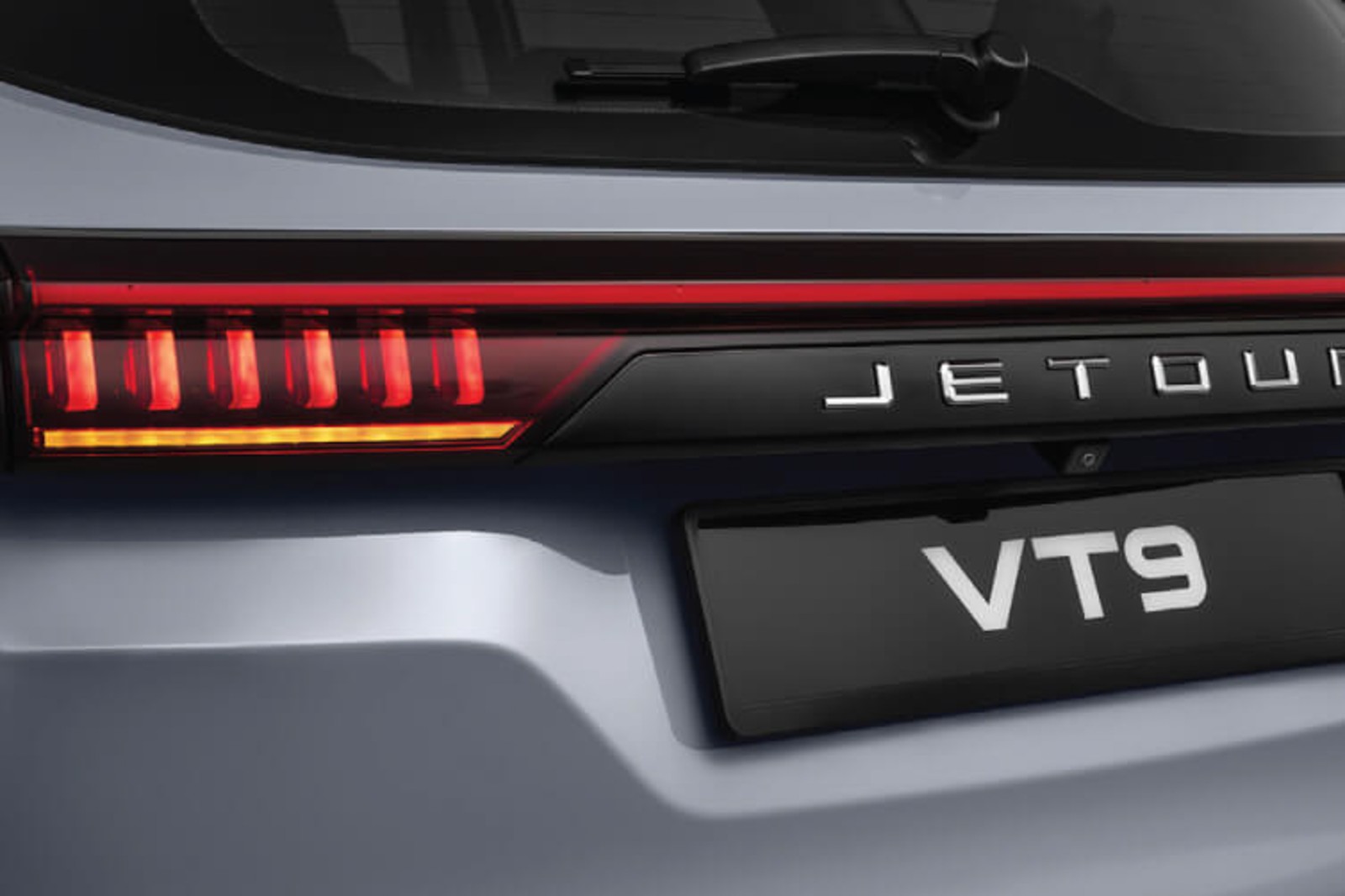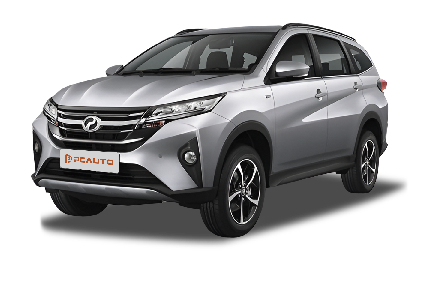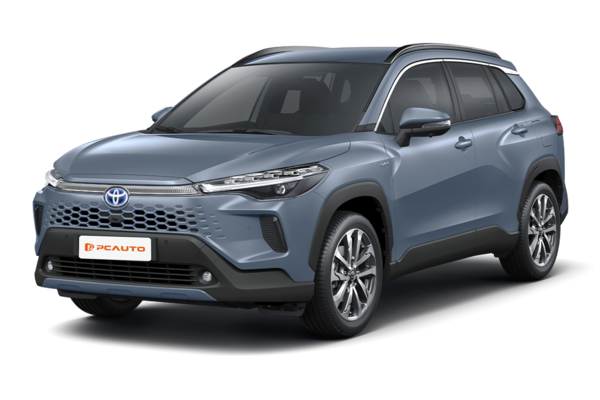Q
Where is Jetour 2025 manufactured?
The Jetour 2025 hails from Jetour, a brand under China's Chery Holding Group. Production is centered in Wuhu, Anhui Province – Chery's headquarters – where they've got advanced assembly lines and strict quality control measures in place. As a Chery subsidiary, Jetour focuses on developing and building SUVs and crossovers, and the 2025 model carries forward the brand's strengths: generous space, solid equipment levels, and great value for money. It also gets a sleek, modern design and the latest smart tech features.
For the Malaysian market, Jetour has been steadily introducing models in recent years through local partners, while also ramping up their sales and service network to cater to the strong demand for affordable, high-value SUVs there. When the Jetour 2025 launches locally, Malaysian buyers can expect it to come with tweaks to handle Southeast Asia's unique climate and road conditions, plus the peace of mind of Jetour's warranty and after-sales support.
Jetour has a presence in multiple global markets, and their vehicles have a reputation for reliable performance – making them a solid choice for family buyers who prioritize practicality and a touch of tech.
Q
How much is Jetour Dashing 2025 in Malaysia?
The 2025 Jetour Dashing is expected to hit the Malaysian market with a price tag ranging from RM80,000 to RM100,000, though this will depend on the specific trim level and local tax regulations. As always, keep an eye out for the official announcement from Jetour Malaysia for the final pricing details. Under the hood, this SUV packs a 1.5T turbocharged engine paired with a 7-speed dual-clutch transmission, and it's clearly aiming to turn heads with its sporty design cues and a solid dose of smart tech – think a full digital instrument cluster and ADAS driver assistance systems.
For Malaysian buyers, the Dashing 2025's main draw is likely its positioning; it sits neatly between B-segment and C-segment SUVs in terms of size, while promising a more attractive value proposition compared to established Japanese rivals in the same ballpark. A quick heads-up though: Malaysia's import and sales taxes on non-national models can significantly bump up the on-the-road price, so it's wise to check the official website for the latest promotions before committing. Some dealers might sweeten the deal with perks like free service packages or low-interest financing offers.
If you're shopping around with a similar budget, it's definitely worth cross-shopping against the likes of the Proton X70 or Honda HR-V. Each brand brings its own strengths to the table, whether it's in powertrain tuning or after-sales network coverage. At the end of the day, nothing beats getting behind the wheel for a test drive to see which one truly fits your driving style and needs – that's the most solid way to make your call.
Q
How much is the Jetour Dashing 2025 in Dubai?
As for the price of the Jetour Dashing 2025 in Dubai, there's no official word yet with concrete details. Your best bet is to keep an eye on Jetour UAE's official website or check with local dealerships for the latest scoop on exact pricing.
To our readers in Malaysia, while this model hasn't hit local shores yet, Jetour – the young brand under China's Chery Group – has been making waves globally lately with its solid value-for-money and sharp designs. Their vehicles, like the Dashing, typically come packing turbocharged engines and smart connectivity features, aiming squarely at young families and urban drivers. If it does make its way to Malaysia down the line, expect the price to differ from the Middle East, thanks to factors like import taxes and local assembly policies. For a rough idea, interested buyers can look to pricing ranges of segment rivals such as the Haval H6 or Baojun 530 in the local market.
Also, if you're thinking about cross-border purchases, practical stuff like right-hand drive conversions, warranty terms, and parts availability need serious consideration. It's always smarter to go through official channels to protect your after-sales rights.
Q
Does Jetour Dashing 2025 have Apple CarPlay?
So, regarding whether the 2025 Jetour Dashing will support Apple CarPlay, official specs haven't been released just yet. But looking at Jetour's recent model trends, especially the versions rolled out for the Malaysian market, there's a strong chance it will come with Apple CarPlay. That feature's pretty high in demand among local buyers, and let's not forget, Jetour's previous models like the X70 and X90 already offer smartphone connectivity. Apple CarPlay is a big one for iPhone users, letting you seamlessly use nav, music, calls, and more right from the car's screen – definitely a boost for driving convenience.
For Malaysian folks shopping for a new ride, beyond smart connectivity features, keep an eye out for those localized touches too. Things like air conditioning systems optimized for the tropical heat or proper right-hand drive ergonomics. Those little details can really make a big difference to your daily drive. My advice? If you're keen, stay tuned to Jetour Malaysia's official channels for updates, or swing by an authorized dealer to chat about the latest specs. And hey, it never hurts to cross-shop with other models in the same class to compare tech features – that way you can make the most well-rounded decision possible.
Q
What are the key features of the Dashing 2025?
The highly anticipated Dashing 2025 comes packed with some serious highlights. Under the hood, you'll find an efficient powertrain lineup featuring a 1.5T turbocharged engine and a hybrid option, striking that perfect balance between performance and fuel efficiency – ideal for Malaysia's diverse road conditions. Step inside, and the smart cabin design takes center stage, boasting a 12.3-inch full LCD instrument cluster and infotainment touchscreen. It supports wireless Apple CarPlay and Android Auto, plus voice control functionality, making it super convenient for local users.
Safety is a top priority too, with standard 6 airbags, adaptive cruise control, lane keeping assist, and a 360-degree surround-view camera – all earning it a 5-star ASEAN NCAP rating. What really stands out is how it's been tailored for tropical climates: the air conditioning system and UV-resistant thermal insulation glass are optimized, and there's extra underbody rust protection, making it a great fit for Malaysia's hot and rainy weather.
On top of that, the Dashing 2025 pays special attention to rear passenger space and storage solutions, keeping Malaysian family vehicle usgae needs in mind. For readers keen on automotive tech, it's worth diving into how the turbo and hybrid systems automatically switch modes under different driving conditions. This clever tech is key to balancing performance and fuel economy, and it's a major trend in today's automotive engineering.
Q
How much is Jetour Dashing 2025?
The official pricing for the 2025 Jetour Dashing in Malaysia hasn't been announced yet. But looking at the 2024 model's range – roughly RM 90k to RM 110k – we're expecting the 2025 version to land in a similar ballpark, maybe with a slight tweak here or there. We’ll have to wait for the local distributor to drop the official numbers, though.
This SUV’s built a rep for sharp looks, solid kit, and good value for money. Under the hood, you’re looking at 1.5T or 1.6TGDI engine options, and there’s talk of upgrades to the smart driving assists or connected car features. It’s a solid pick for family buyers who want a mix of tech and practicality.
Jetour’s been ramping up its game in Malaysia lately with local CKD assembly to stay competitive. If you’re keen, keep an eye on the brand’s website or hit up your nearest authorized dealer for the latest updates. And don’t forget to cross-shop with segment rivals like the Proton X70 or Honda HR-V – take ’em for a spin, weigh up your budget and needs, then make your call.
Q
How much is Jetour T2 2025?
Currently, the official price of the 2025 Jetour T2 in Malaysia has not been officially announced. However, referring to Jetour's past pricing strategies for its models and the market situation of SUVs in the same class, it is estimated that the price will fall between RM 120,000 and RM 150,000, depending on the configuration version and local tax policies. As a compact SUV targeting the young market, the 2025 T2 may continue Jetour's advantage of high cost - effectiveness, being equipped with features such as an intelligent connectivity system and advanced driving assistance functions. Malaysian consumers can follow the official channels of Jetour Malaysia for the latest information. Meanwhile, it is advisable to compare models like the Proton X70 and Honda HR - V in the same price range and choose the most suitable SUV according to their own needs. It's worth noting that the Malaysian government has provided tax incentives for new energy vehicles in recent years. If the 2025 T2 comes with a hybrid version, it may enjoy certain price advantages. It is recommended to take a test drive at the dealership before purchasing to personally experience the vehicle's performance and space.
Q
Does the 2025 Jetour T2 have 4WD?
In 2025, the Jetour T2 does offer a four-wheel drive (4WD) version. As an important product of the Jetour brand targeting off-road enthusiasts, this model has also attracted much attention in the Malaysian market. Its 4WD system is usually equipped with a multi-terrain mode selection function, which can adapt to complex road conditions such as sand and mud, making it very suitable for Malaysia's diverse terrain environment.
In addition to the 4WD version, the Jetour T2 may also offer a front-wheel drive (2WD) option, allowing consumers to choose according to their actual needs. If you often engage in light off-roading or need stronger off-road capabilities, the 4WD version would be a more appropriate choice.
For Malaysian consumers, when choosing a 4WD vehicle, they also need to consider fuel economy and maintenance costs. Since the 4WD system usually increases the vehicle's weight and fuel consumption, but can significantly improve the vehicle's stability and passability on slippery roads during the rainy season or unpaved roads in the suburbs. It is recommended to take a test drive at an authorized dealership before purchasing to personally experience the performance of different drive systems and make a decision based on your daily usage scenarios.
Q
Is the 2025 Jetour T2 7 seater?
The 2025 Jetour T2 is a mid - size SUV. According to the information officially released so far, it offers two seating layout options: 5 - seat and 7 - seat. So, there is indeed a 7 - seat version for Malaysian consumers to consider.
This vehicle adopts Jetour's latest design language. It has a tough and powerful exterior. The interior focuses on the combination of practicality and a sense of technology, equipped with a central control large screen and an intelligent connectivity system. In terms of power, it is expected to offer both fuel and hybrid options to meet the needs of different users.
In the Malaysian market, 7 - seat SUVs are very popular as they can meet the travel needs of large families. The 7 - seat version of the Jetour T2 has good competitiveness in this regard. Moreover, in recent years, the Jetour brand has gradually increased its popularity in the Southeast Asian market. Its models are sold with high cost - effectiveness and practical functions, which are suitable for consumers who value space and practicality.
If you are looking for a 7 - seat SUV with a reasonable price and spacious interior, the 2025 Jetour T2 is worth your attention. It is recommended that you further understand its specific configurations and price information to make a more informed car - buying decision.
Q
How big is the screen on the Jetour T2 2025?
Based on the current information, the central control screen of the 2025 Jetour T2 is expected to have a size of 15.6 inches. It features a high - definition touch - screen design, offering a smooth operating experience and clear display effects. This screen size is above the mainstream level among SUVs in the same class, which can meet users' visual needs for functions such as navigation and entertainment. For users in Malaysia, the large screen not only enhances the sense of technology but is also more suitable for use in the local hot climate, as the high - brightness screen can still maintain good visibility in strong sunlight. It's worth mentioning that many new cars nowadays focus on anti - glare and anti - fingerprint coating technologies for the screens. These detailed designs can significantly improve the convenience of daily use. Although the screen size is important, the actual experience also needs to take into account the smoothness of the in - car system, the richness of functions, and interactive methods such as voice control. It is recommended that interested consumers visit local dealers to experience the actual operation of the vehicle. In addition, when using the car in Malaysia's rainy weather, keeping the screen clean and regularly checking for system updates can ensure the long - term stable operation of the in - car electronic devices.

